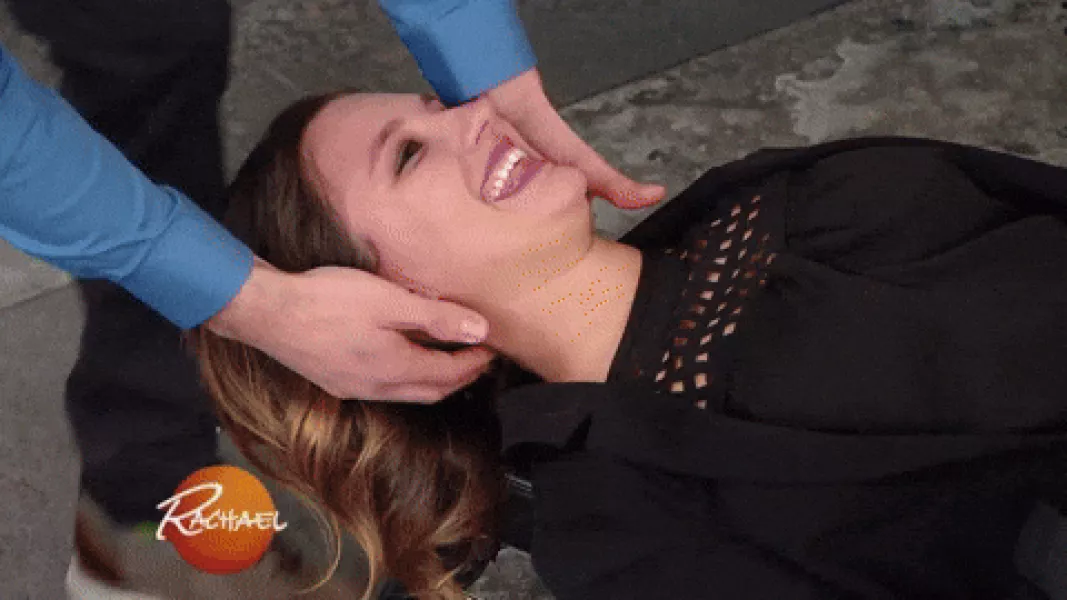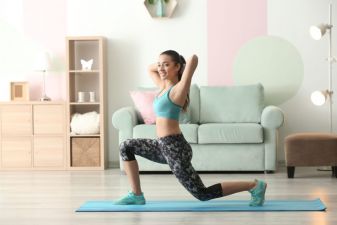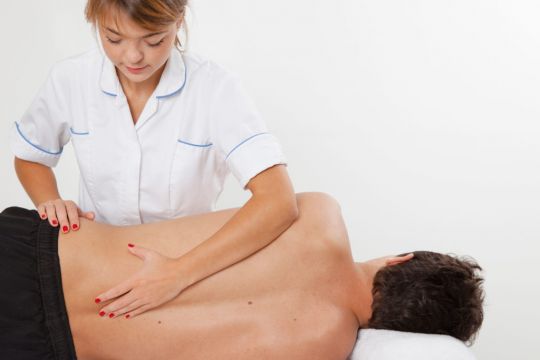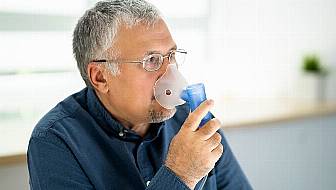Imagine having to hold a five kilogram kettlebell all day – it would get pretty heavy and tiring, right? And yet that’s exactly what we’re constantly doing, because our head weighs a whopping 5kg.
Our sedentary lifestyles mean neck and back pain can almost feel like par for the course a lot of the time – but things seem to have got a whole lot worse over the course of the pandemic, with many of us increasingly slouching over our at-home desks, or even retreating to the sofa with our laptops.
“Definitely, there’s been an increase in neck and upper back problems,” says osteopath Anisha Joshi – which is why she thinks everyone could potentially benefit from seeing a professional.
“Your body is like a car,” she explains. “There’s this huge culture now for keeping fit and staying active, and that’s ultimately what the body is all about. We want you to keep moving, and if you are moving more, you can only imagine that you’re putting more stress and strain throughout your body.
“What happens is, over time, you might find some of your tires lose a bit of their inflation, for instance,” she adds, speaking metaphorically, “but it’s usually the tires that are fine that will burst first. An osteopath is able to look at the machine that you’re driving up and down the motorway. They’re able to go, ‘Oh, that tire needs filling up a bit, that screw on your exhaust pipes is a little bit loose’.”
Maintenance
That’s why Joshi says seeing an osteopath isn’t just for when you are injured. Think of it more as a maintenance thing too – and that’s exactly why I pay her a visit.
Other than a slight ‘tech neck’ from too much screen time, I can’t feel anything actually wrong with my body – I exercise five times a week and stretch twice a day – so don’t have any major concerns.
However, Joshi can detect what’s wrong the minute I walk into her office. When I get onto the table she examines me and confirms her suspicions: my shoulders are slightly tilted forward, causing my head to drop (that will be from “years of studying, school days, all that jazz,” she says), as well as a small curve in my spine – apparently this isn’t unusual and coincides with me being right-handed.
It means there’s a bit more pressure on one side of my body, so it’s a bit stiffer when I turn to my right, and it also explains why my right hip flexor can feel tight and sore.
Joshi then cracks my back and neck and works on my muscles. “As an osteopath, what we do is we’ll come in and relax off the muscles, improve the movement in the area and relax off your shoulders,” she explains. “We’ll also give you exercises to strengthen and also just reinforce the area.”

For Joshi, one of the biggest misconceptions around osteopathy is when people “think you should only come in when you’re in pain”, she says. “I think they need to come once to get better.” Instead, she advocates for regular check-ups – everyone’s different, but every four months or so if you don’t have any issues, and more frequently if you’re injured.

Another common misconception is assuming there’s great danger in getting your neck and back cracked. It’s important to be fully informed, and your practitioner should be able to explain any associated risks and benefits to you.
Also, the treatment may not always be suitable for people with certain underlying condition that mean their spines and surrounding soft tissues are more vulnerable, for example.
One risk that’s sometimes cited with neck cracking is the risk of stroke, which is considered rare. “There’s the risk of possibly having a stroke when you have your neck cracked, but the stats on that are the same as you reversing your car or putting your head back at the hairdresser’s on the sink,” she says. Joshi did crack my neck and back – while not the most pleasant feeling in the world, I could feel an immediate release.
Osteopathy isn’t just about relaxing and releasing your muscles. “As osteopaths we’re very holistic, so we will look at your diet, the way you’re sat at home,” Joshi says. “It’s all about the little tweaks that can make the world of difference. My mission is to make more people mindful – that’s all I want, people to actually feel their body rather than ignoring it.”







